
The secrets of manufacturing
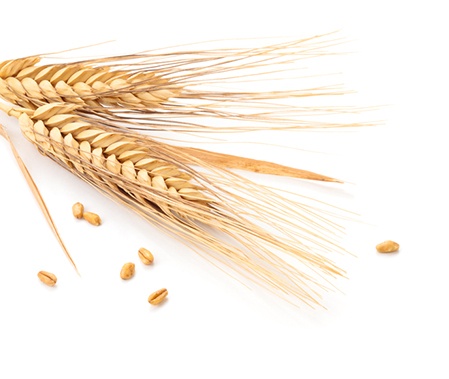
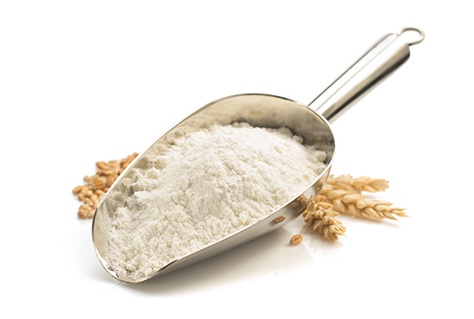
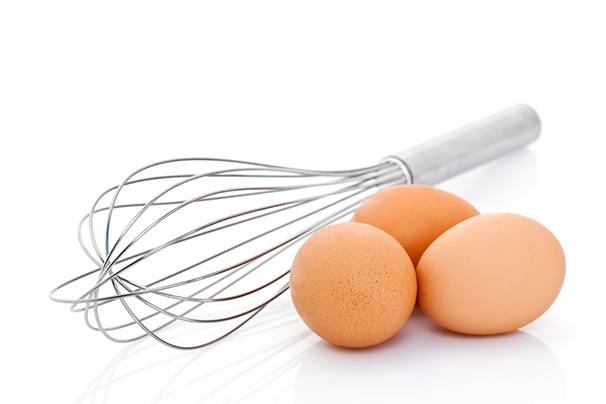
Manufacturing
in several stages
Heir to the scalding process, the cracker is a small puffed bread from the great Breton tradition, crunchy to the bite and melting in the mouth. The manufacture of scalds involves, before baking in the oven, a phase of soaking in boiling water, named scalding.
It is this cooking specificity that gives the cracker its characteristic concave shape. A traditional know-how that has been perpetuated since 1923.
From flour
to kneading machine
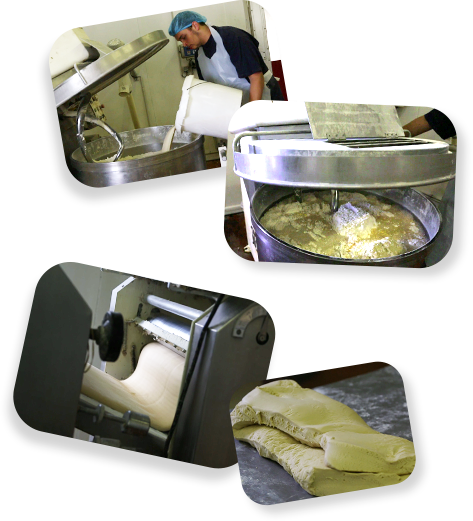
The cracker is made from simple and carefully chosen ingredients: wheat flour, whole eggs, skimmed milk, malt extract and baking powders. The flour has been carefully prepared by our miller, after a rigorous selection of the wheat supply. We are very far from a standard flour! Our kneader maintains flexibility in mixing; it will homogenize the dough. But, for the manufacture of crackers, the dough must not contain any air holes at all. After the kneading, it is therefore necessary to continue the compression work to extract the maximum amount of oxygen and thus obtain a very dense dough. Then, the large dough tiles (about 25 cm thick) will pass under a series of four rolling mill, to arrive in the form of a homogeneous dough mat with a thickness of less than 5 mm.
From the cookie cutter
to the dough pieces
The cookie cutter continuously punctures each dough piece, at a rate of 10,000 dough pieces per hour. At this stage, the traditional dough of the Craquelins de Saint Malo is a circle of 58 mm diameter. Change of mat, change of treatment and temperature. All these dough pieces are taken to a hot water bath at more than 90 °C ; this is the scalding step, during which the dough pieces will be seared particularly around their circumference. This will naturally cause their edges to rise. Next is the soaking step. Almost two hours in chilled water. The dough is then filled with water over its entire surface and its thickness. Regularly, the vats of dough pieces must be stirred skillfully, to prevent the future crackers from sticking to each other. The hundreds of dough pieces taken out of the vats "just when needed" are placed according to a design studied on the cast iron sheets.
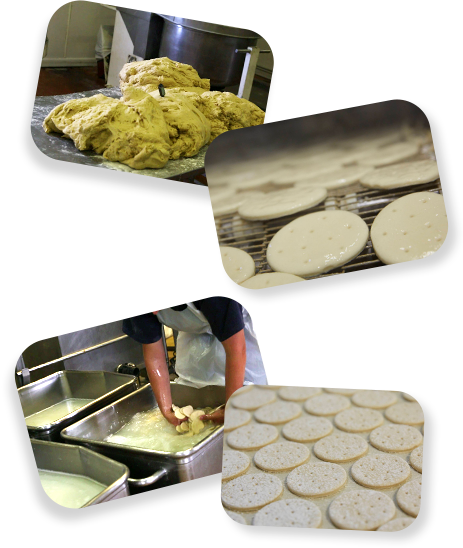
From oven
to bag
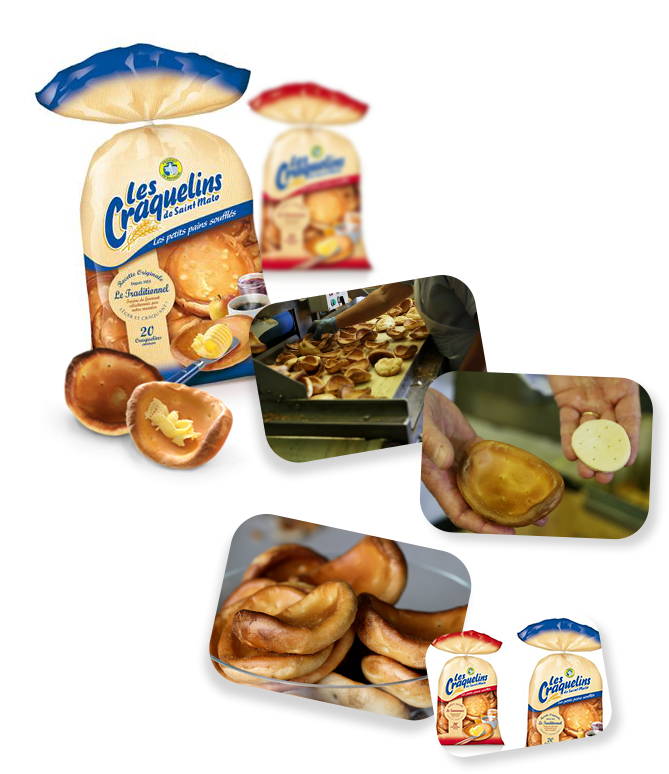
With us, no tunnel-type industrial oven, but two traditional hearth baking ovens which allow the crackers to reveal themselves better. Nearly 100,000 crackers are cooked in this way every day at 300 ° C. The water particles stored at the time of soaking will accelerate on contact with such heat and thus blow the dough. A concave cracker, rised and 10 cm wide appears. The crackers are left to stand in baskets, for over an hour, to allow any residual moisture to evaporate. They will then move on to the sorting step ; it is then a question of removing the burns to heart, the soft, the misshapen and the dishes. A particularly selective sorting. A final conveyor takes the Craquelins de Saint Malo to a bagger weigher, to be packaged in large foil bags.

